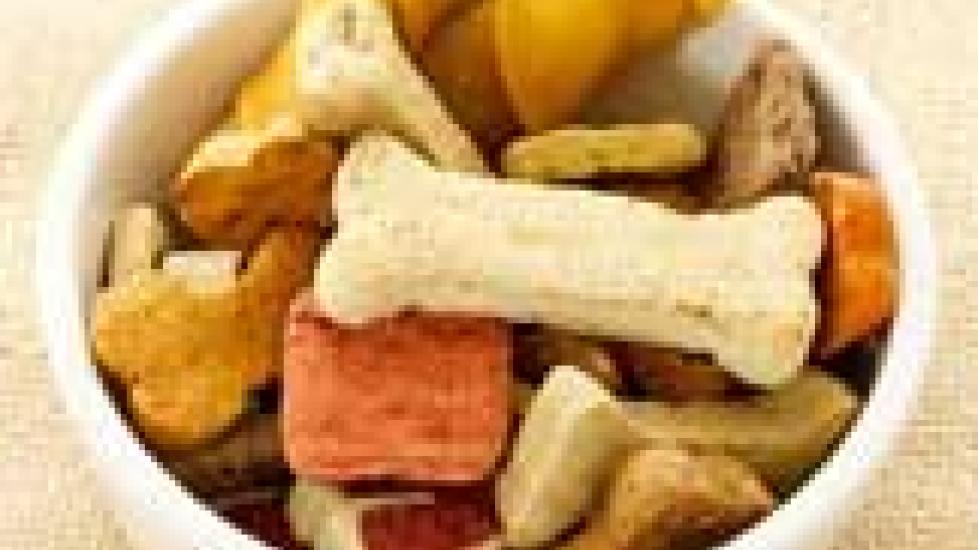It's the Calorie Count, Not the Measured Amount
As many of you know, I have a special interest in pet weight management and weight loss strategies for pets. Given the epidemic of the overweight or obese state in pets, there is no shortage of patients that need these services.
Although allergic related skin and ear problems make up the largest portion of my practice time, discussions about weight are a close second. What is consistent in these discussions is the owner misconception that it is the type of food and not the amount of food that is the issue. Virtually every client is convinced that I know a special food that can be fed in unlimited quantity and will solve the problem, because the “light” or “reduced” calorie food they presently feed is not working. Yet these same clients understand the concept of limiting calories for maintaining human health. So, why the confusion?
Pet Food Labeling
Presently there are no regulations that require pet food manufacturers to disclose the number of calories on pet food labels. Feeding instructions specify amounts, typically cups, without any reference to how many calories that represents. This has been the standard since commercial pet food has been available, so three generations of pet owners have been feeding their pets with no calorie reference, only a quantity reference.
Unfortunately, the calorie per cup difference is extremely variable. A 2010 study of commercial foods that claimed to be weight loss or weight management diets for dogs and cats had dramatically different calorie densities. Forty-four dog diets had differences as high as 217 calories per cup for dry food and as high as 209 calories per can of wet food. Forty-nine cat diets showed differences as high as 245 calories per cup of dry and as high as 94 calories per can for wet food.
This same variability applies to non-diet pet foods. This has tremendous consequences if owners change food.
It is common for owners not to read the feeding instructions when switching to a new food. Why would they? For 75 years, pet feeding instructions have given feeding amounts without calorie counts. A cup is a cup. The above study shows that cups are not created equal. A dog being overfed 217 calories daily, or a cat consuming 245 extra calories will become fat in no time!
Re-training How to Feed Pets
A large part of my weight management discussions with owners is re-training them to think in calories and not cups of food or numbers of treats. Once they grasp that idea, it is easier for them to understand that it is not the brand of food that will make their pet thin but the number of calories in that food.
The concept of calories makes discussion of treats easier. When they learn that one dental treat can contain 277 calories (again, not required on the label) they quickly realize why it has been a problem feeding four treats per day. So, where does one find calorie counts?
The Internet
Unfortunately, owners or veterinarians must go to the company website to find calorie information. It will not always be available, so a phone call may be necessary. If the calorie count is available it may still be cryptic. Manufacturers may give the calories per kilogram of food. This does not mean kilograms as fed from the bowl, but calories per kilogram of dry matter after the moisture content has been subtracted. This means another mathematical step and knowledge of the weight of a cup or can of food that may not be available.
No wonder owners and veterinarians get frustrated trying to estimate the calorie content of food; yet it is so necessary. You can see why I spend so much time on weight management consultations.

Dr. Ken Tudor
Image: Melpomene / via Shutterstock
